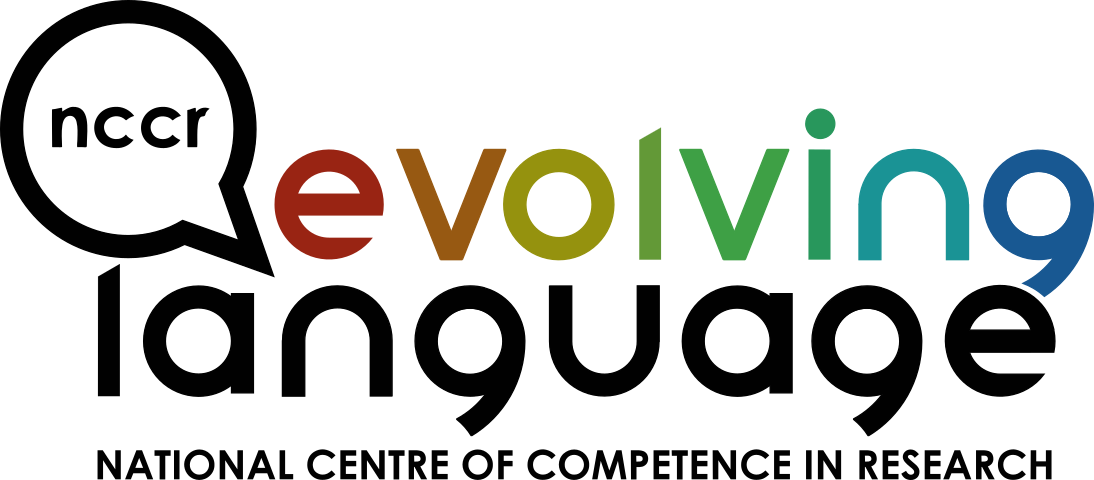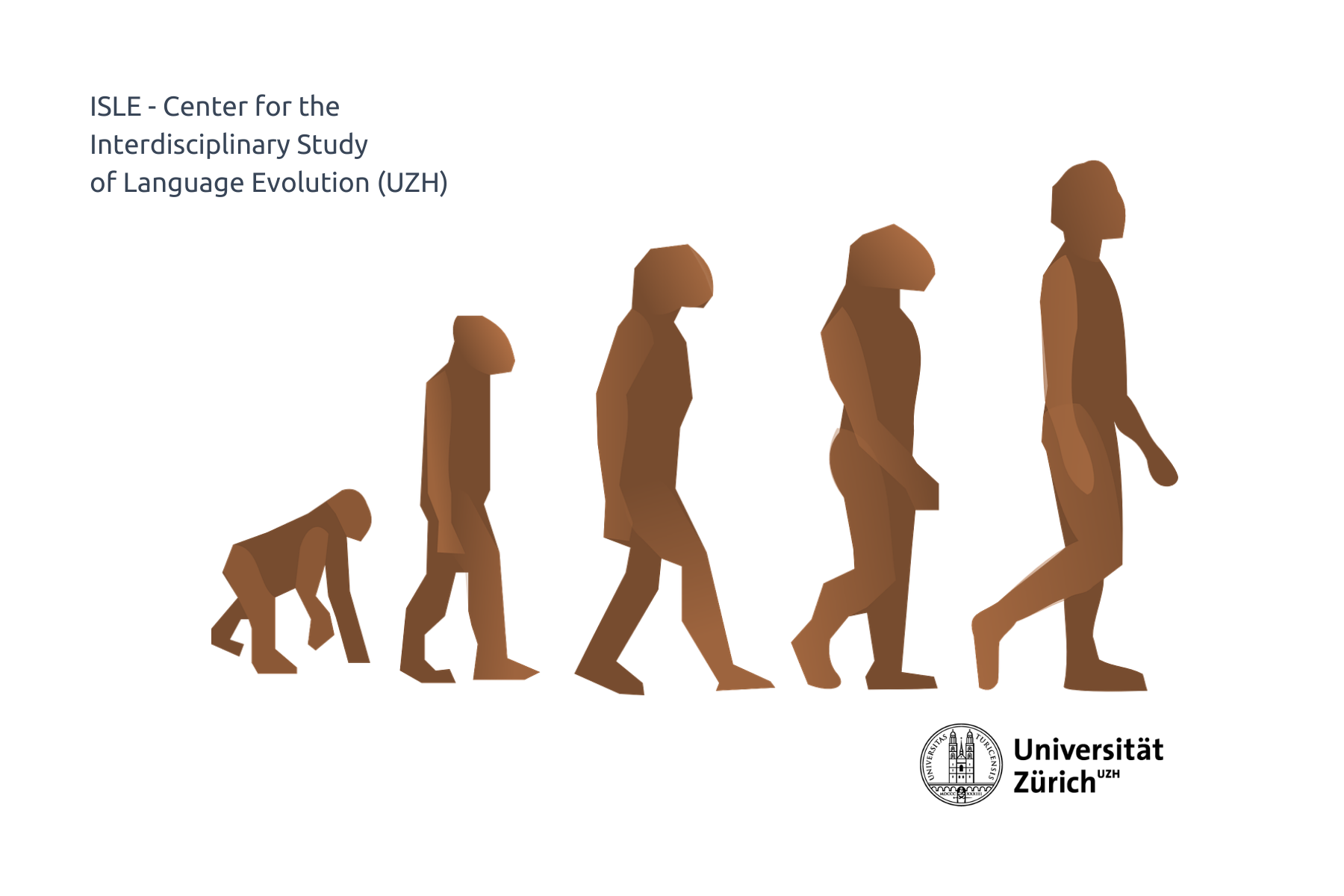22 February 2022
12.15h / 13.30h
Venue
University of Zurich
ISLE
Organizer
Abstract
Current work in quantitative historical linguistics frequently employs phylogenetic models originally designed for use in computational biology. While these models have ample potential to shed new light on the processes that underlie language change, the state of the art in evolutionary linguistics relies on simplistic representations of linguistic features and at times overly restrictive assumptions regarding language change, including the assumption that change proceeds at a constant rate across lineages in a phylogeny.
In this talk, I review a series of models from the computational biological literature designed to relax this particular assumption, modeling heterotachy or rate variation across lineages in a tree and features in a data set. I discuss existing and potential applications to linguistic work. I present results of research in progress which explore a number of complex issues in language change using similar methodologies.

